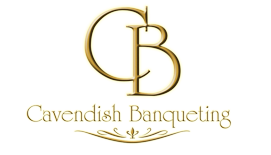A Beautiful Hindu Wedding Venue in London
Marriage is one of the most important rites of passage in Hindu culture. Known as Vivaah Samskar, the Hindu marriage ceremony marks the transition from a life devoted to education to one focused on family and children. At Cavendish Banqueting, we specialize in creating unforgettable Hindu weddings in London, offering a full range of services, from catering and civil ceremonies to complete event management.
A Deep Dive into Hindu Wedding Rituals
Hindu weddings are extensive, elaborate, and deeply rooted in tradition. The celebration often spans several days, with multiple pre-wedding, wedding, and post-wedding rituals. At Cavendish Banqueting, we ensure that every detail of your Hindu wedding is executed seamlessly.
Pre-Wedding Rituals Include:
Tilak: A ritual where the groom is honored by the bride’s family.
Sagai: Exchange of gifts between both families.
Sangeet: A celebration of song and dance by the bride and groom’s families.
Mehandi: Applying henna tattoos to the bride’s hands and feet.
The Wedding Ceremony:
Swagatam & Madhuperk: The groom’s arrival is celebrated with singing, dancing, and blessings.
Shri Ganesh Prayers & Poonyahvachanam: Prayers for an auspicious start to the ceremony.
Vadhu Aagman: The bride enters the wedding venue, symbolizing her journey to marry.
Mangalashtakam & Sankalpa: The bride and groom exchange garlands and express their consent to marry.
Mangalsutrabandhanam: The groom gives the bride the mangalsutra, a symbol of marital unity, and they exchange rings.
These rituals are followed by the sacred fire ceremony, the seven vows, and the blessings of the couple as they become husband and wife.
Expert Hindu Wedding Planning
At Cavendish Banqueting, we have over a decade of experience planning Hindu weddings. Let us take care of every detail, so you can enjoy a stress-free and memorable celebration. Contact us today to discuss your requirements and start planning your perfect Hindu wedding at one of London’s most stunning venues.
